Upon embarking on my first field season in 2011 my knowledge of Liberia was limited to say the least. Watching “The VICE Guide to Liberia”, reading Tim Butcher’s book Chasing the Devil, and multiple inoculations for an array of infectious diseases left me questioning what I’d let myself in for. However five field seasons later, comprising eleven and half months in a field camp, and two years as a Liberian resident I can confidently say my initial misconceptions were just that.
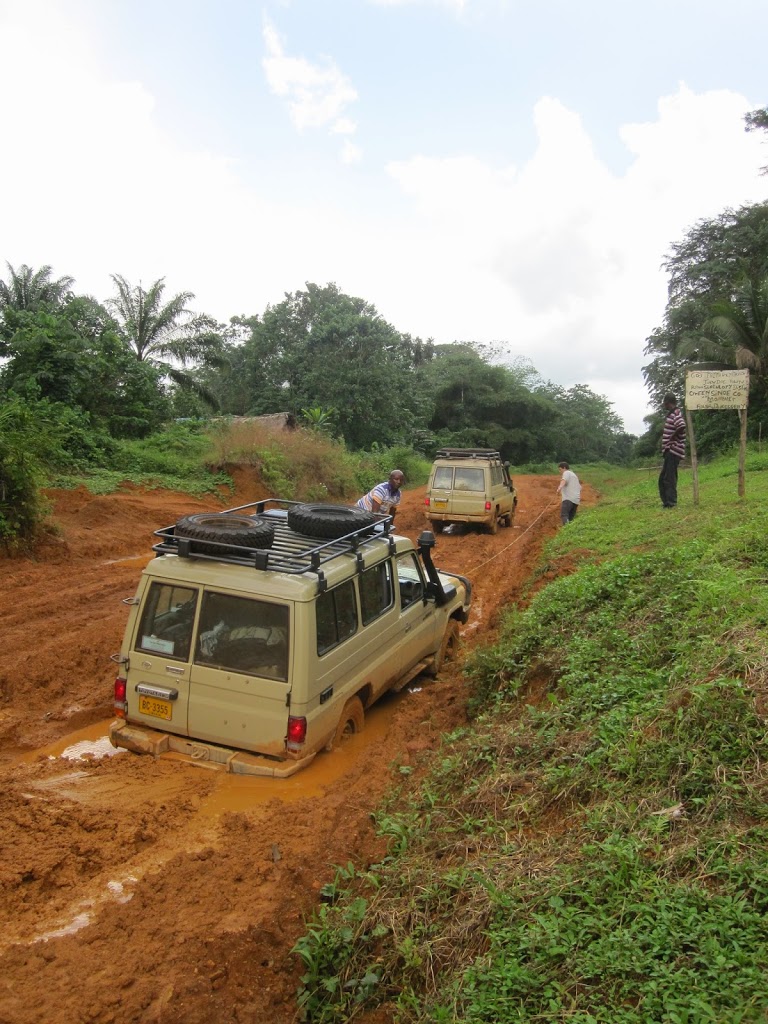 |
| Road to the gold fields in Liberia |
Eastern Liberia hosts the boundary between the gold rich producing Paleoproterozoic Birimian and Archean terranes of West Africa. However, protracted civil war from 1989 to 2003 hindered both geological and mineral exploration of this potentially prospective region. The recent discovery of a gold deposit in Eastern Liberia provided me with an exciting PhD opportunity to investigate what some might call a geological blank on the map.
As you step from the plane in Monrovia is the stifling heat and humidity strikes you, the realisation that you’ve got nine more weeks of this is somewhat daunting. The journey east to camp from the airport is pleasant at first; paved roads, the manicured Firestone rubber plantation, unfortunately this is somewhat short lived. Unpaved roads take over and continue for the two day drive. You’d be lucky not to arrive at camp covered in mud from digging out your vehicle (or more often than not someone else’s blocking the way).
Camp life was more luxurious than I imagined; my own tent, riverside views, a veranda for a drink in the evening and a somewhat dubious internet connection – as long as it didn’t rain (unlikely). There was a great community amongst the ex-pat and Liberian workers. When not working the ex-military medics kept us in shape with tyre flipping and hill sprints, the Liberians taught us their dialect and traditions, and we occasionally sampled the local whiskey. Spirits were only dampened when spam was on the menu again.
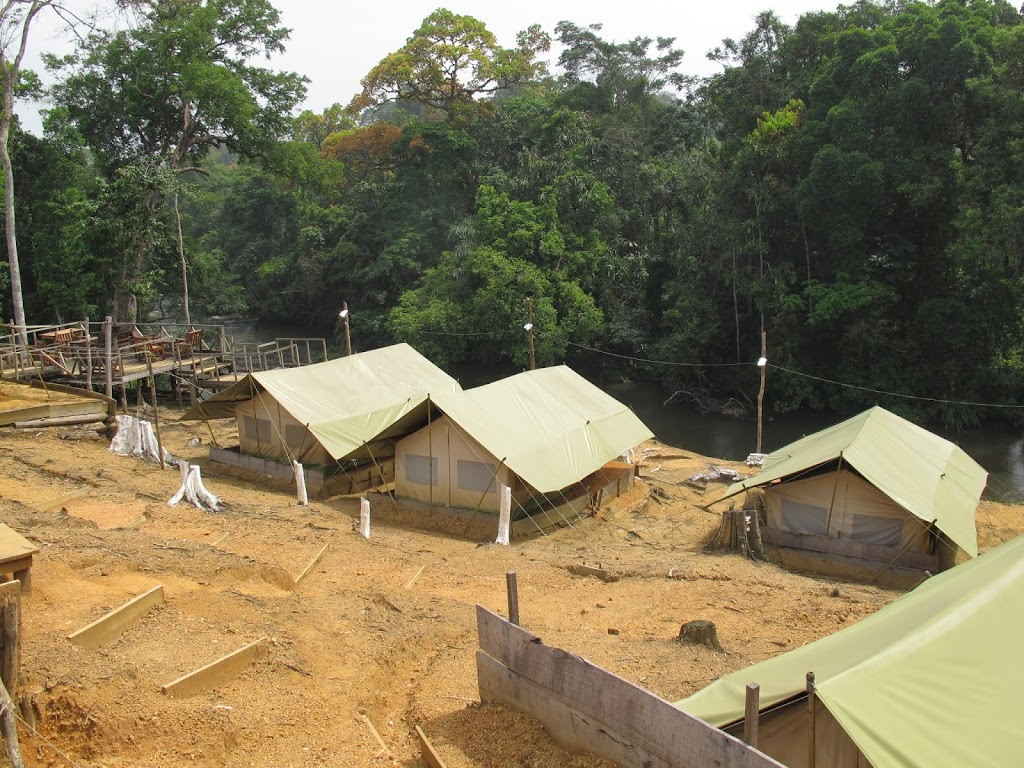 |
| Field camp |
A highlight of my time in Liberia was flying with the aeromag survey team in their Cessna Caravan for an afternoon. The bird’s eye view of the jungle canopy was breath taking if not somewhat nauseating. Flying fifty metres above the ground and only metres above the canopy whilst being serenaded by the on-board computer persistently telling the pilots to “pull up, pull up” is something I don’t imagine myself doing again.
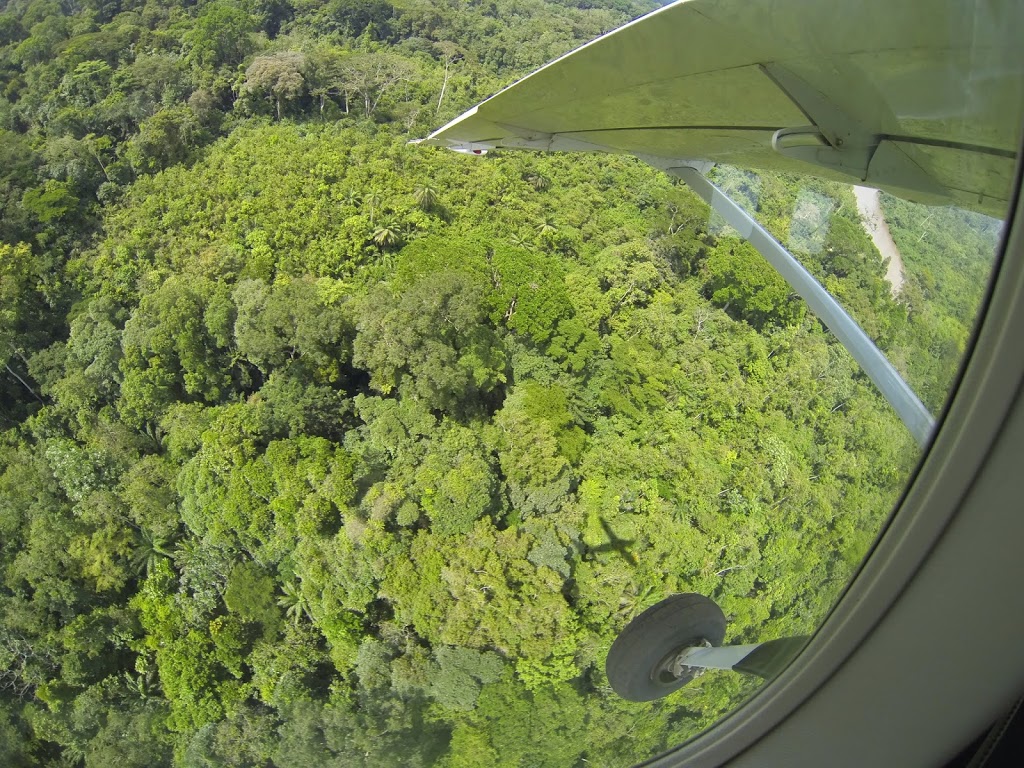 |
| Banking ready to fly another line |
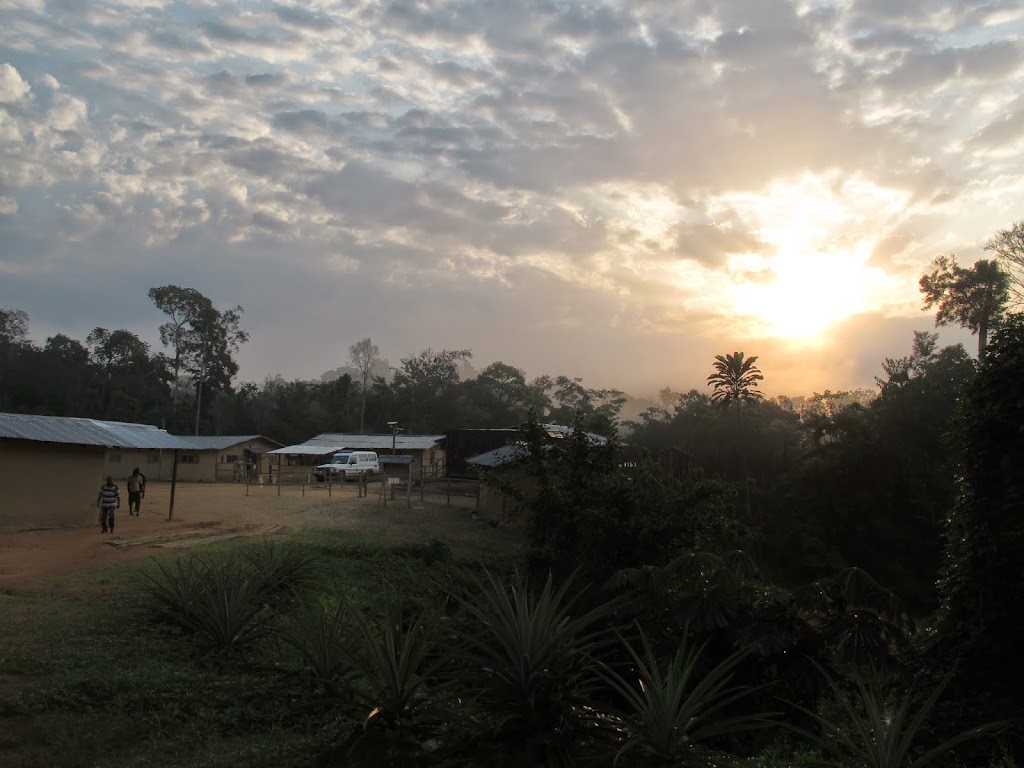 |
| Sunrise over camp |
Sometimes whilst sitting at my desk, trying to write my PhD, there’s a bit of me that wants to escape back to the jungle and collect just a few more rocks.
 This work is licensed under a Creative Commons Attribution-NonCommercial-ShareAlike 4.0 International License.
This work is licensed under a Creative Commons Attribution-NonCommercial-ShareAlike 4.0 International License.


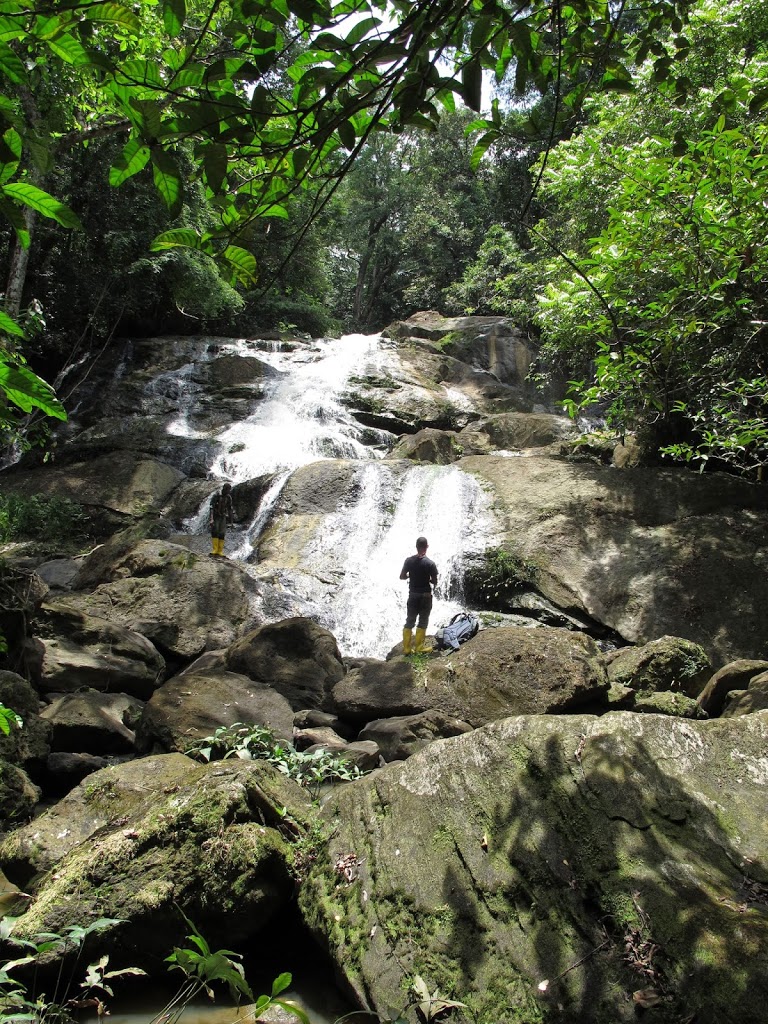

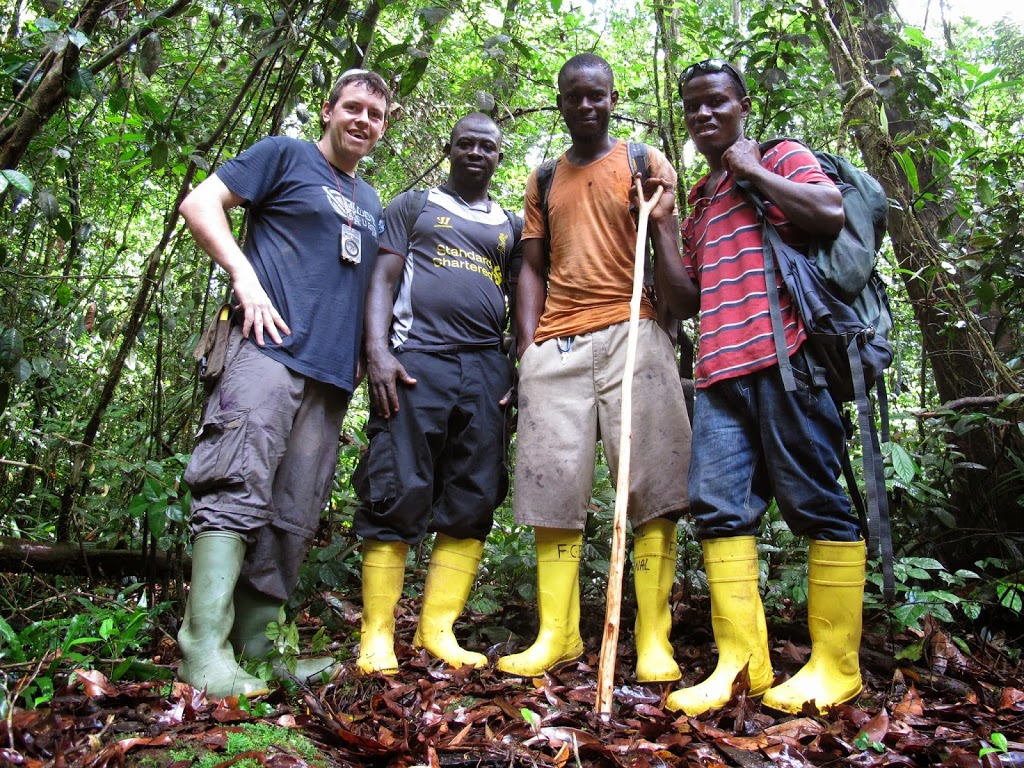


![]() This work is licensed under a Creative Commons Attribution-NonCommercial-ShareAlike 4.0 International License.
This work is licensed under a Creative Commons Attribution-NonCommercial-ShareAlike 4.0 International License.